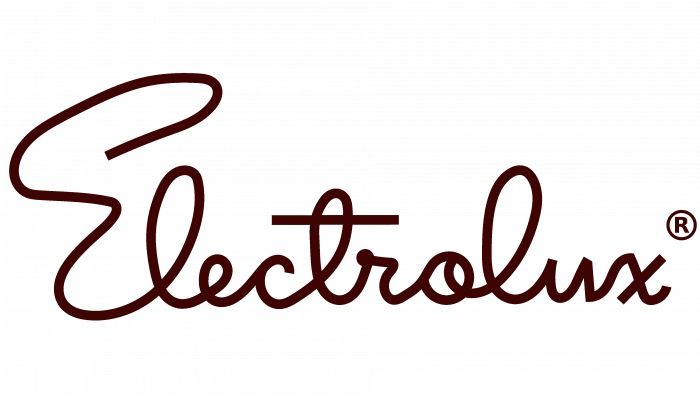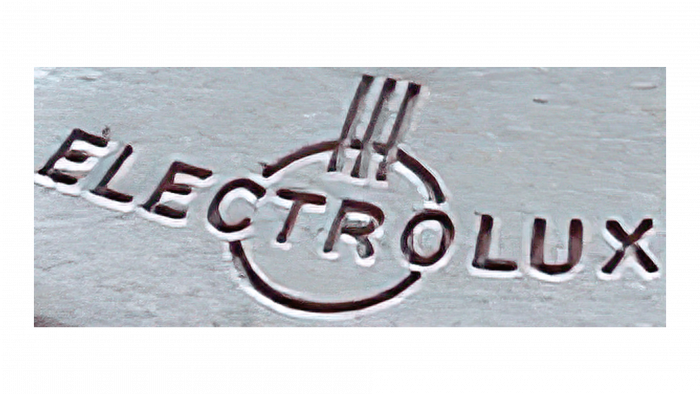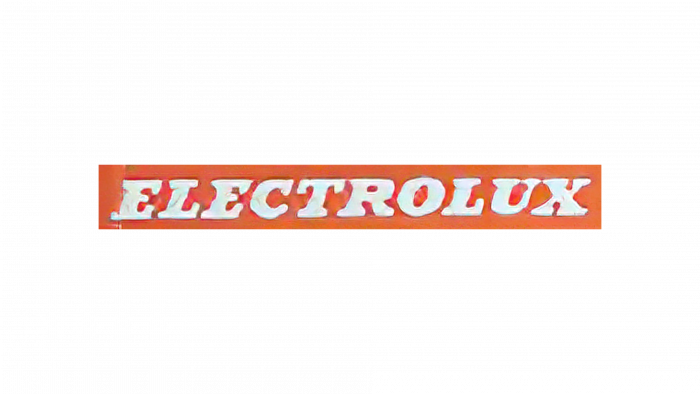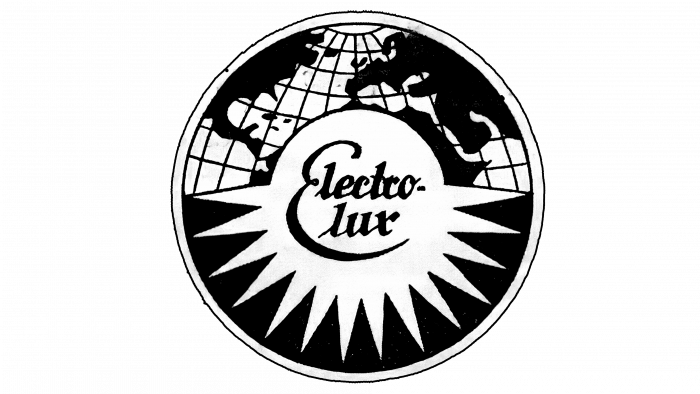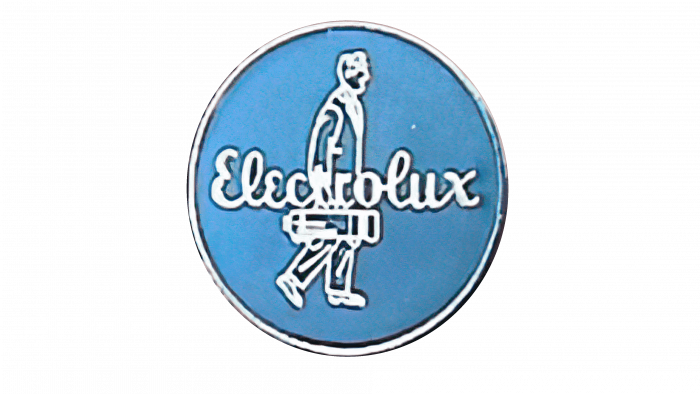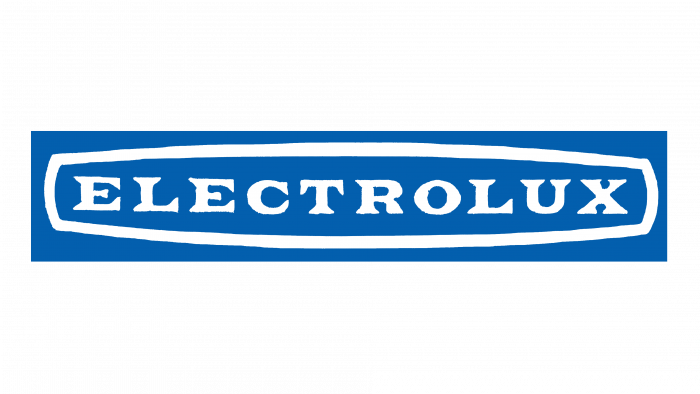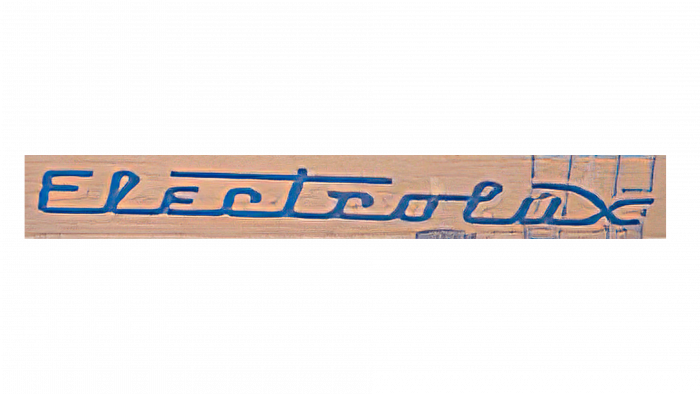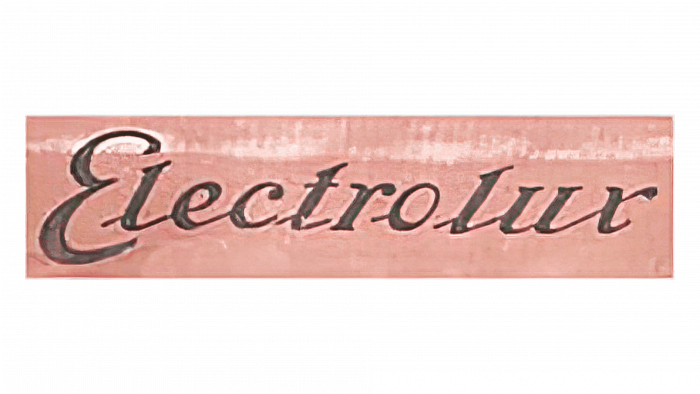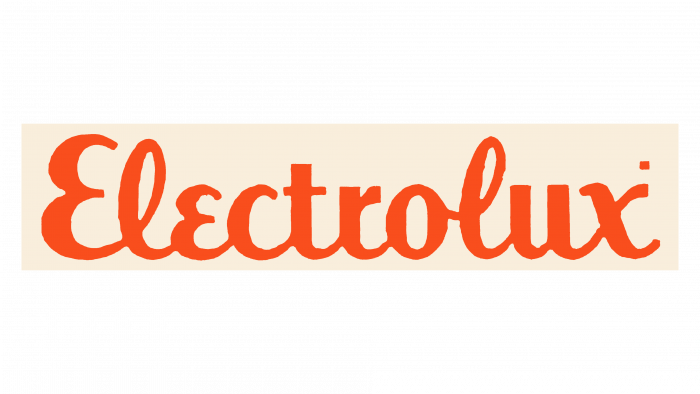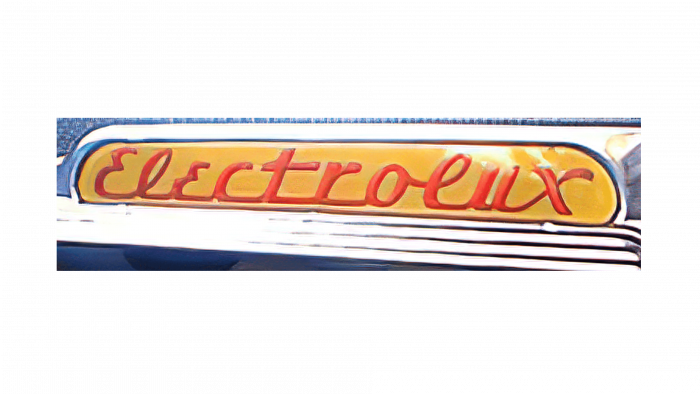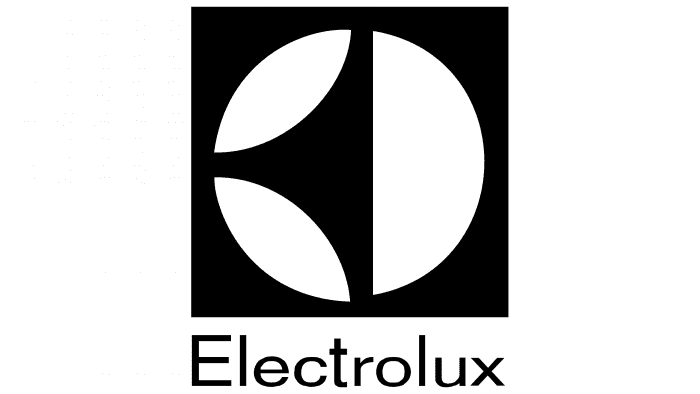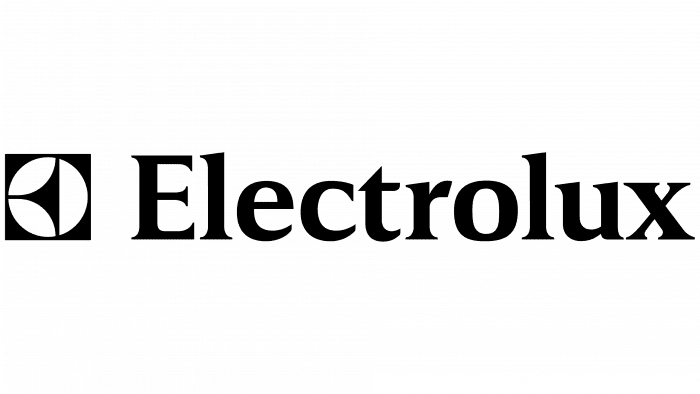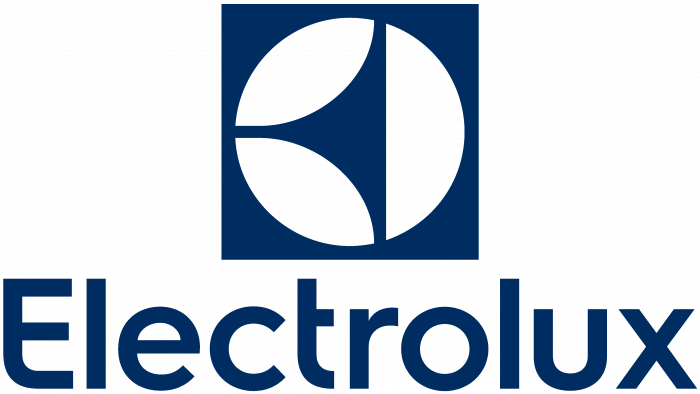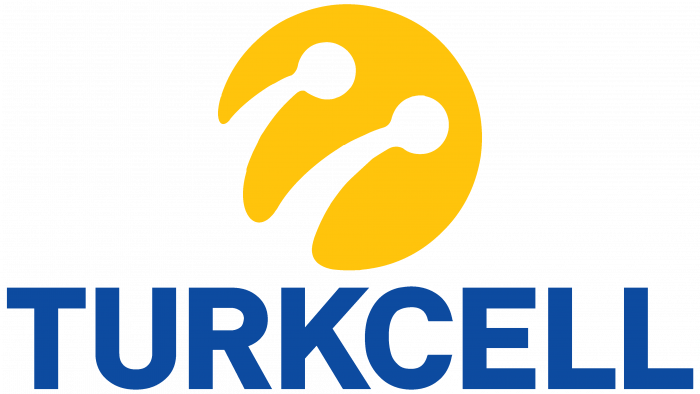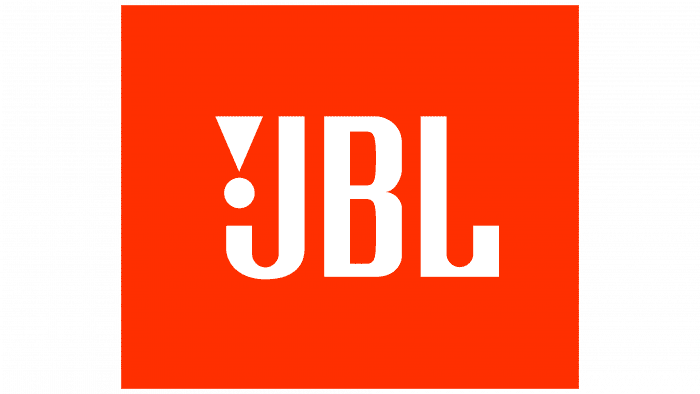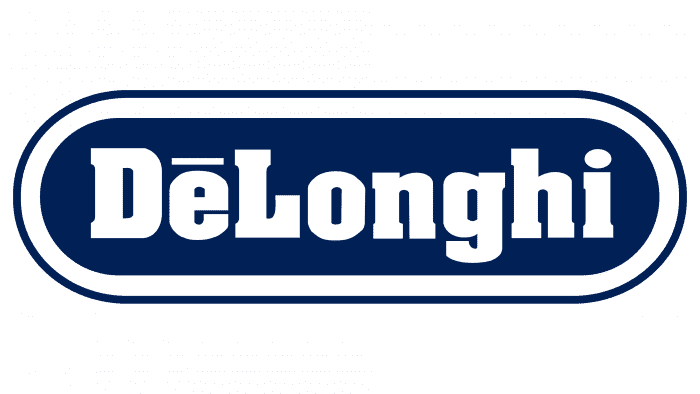The Electrolux logo symbolizes the quality and consistency of excellence of the well-known global electrical equipment manufacturer. The company’s graphic image is succinct and legible, demonstrating the commitment to harnessing modern technology’s achievements.
Electrolux: Brand overview
| Founded: | 1919 |
| Founder: | Axel Wenner-Gren |
| Headquarters: | Stockholm, Sweden |
| Website: | electroluxgroup.com |
Meaning and History
Its logo resembled a handwritten name in the first half of the brand’s existence. The font was in italics. However, graphic symbols appeared many years later – in 1962. All subsequent versions were built on its basis with minor changes.
What is Electrolux?
Electrolux is a manufacturer of dishwashers, electric stoves, vacuum cleaners, refrigerators, microwave ovens, and other household appliances. It also produces kitchen equipment for hotels, cafes, and restaurants. The company has been around since 1919 and is based in Sweden. It owns several popular brands, including Zanussi and Frigidaire. The company’s products are known for their stylish design and progressive features.
1919 – 1920
The very first emblem of the electrical company was a handwritten inscription. The text was cursive, executed in one stroke, without a line break – each letter was closely connected with the previous and subsequent one. Despite being a handwritten font, it wasn’t italicized: all characters were straight, without slant. Overall, they were individual and thread-like. The background of the name was plain white.
1920 – 1922
After reorganization, the company underwent a redesign. It shifted from handwritten text to print, as the emblem still consisted only of one inscription – the word “Electrolux.” It was typed in a bold geometric sans-serif font. The characters were in uppercase, lined up in one row, and placed in a horizontal red rectangle.
1922 – 1924
In 1922, there was a return to the old logo design. The name was once again written in a handwritten font but now italicized – slanted to the right. The letters were adorned with ornate elements – curved and elongated lines. For instance, they appeared on the letters “E,” “t,” and “x.” Such an addition made the emblem exceptionally delicate and light. The inscription used lowercase letters and one capital (the first, according to grammar). The word was colored yellow, the background – blue.
1924 – 1926
This year, the emblem first received a graphic element. It was a circle with three even stripes. It featured the name of the electrical company, translated into uppercase. The letters were thin and grotesque. The ring covered only part of them, while the rest were placed to the left (“ele”) and right (“lux”) of it. This resulted in the circle’s diameter starting with “c” and ending with “o.” The inscription was slightly raised at the edges, so it resembled a semicircle in shape.
1926 – 1928
Again, an attempt was made to switch to italic text, but not handwritten this time, but printed. The word “Electrolux” became bold for the first time and received classic serifs. The elongated red rectangle from the 1920s was brought back as a background.
1928 – 1934
In 1960, designers offered a new vision for the logo. They added a pattern in the form of a globe with a thin black line along the edge, followed by a wide white one. In the center, there was an arc covering the word “Electro.” After the transfer from the upper line, below was the second part of the name, executed with a lowercase letter – “lux.” The background for it was a semicircle from which sharp rays diverged in different directions. The letter “E” was so wide that it covered two rows. The upper part of the emblem contained a map of the planet, drawn with parallels and meridians, while the lower part was black.
1934 – 1939
In 1934, designers used full-fledged graphics – a stylized image of a potential buyer carrying a vacuum cleaner of this brand. The figure was drawn sideways, showing that the person was moving from right to left. On it, the name “Electrolux” was written in italics in the style of the debut logo but with a more legible inscription. All elements were silver, outlined, and encircled by a thin line forming a blue circle.
1939 – 1941
Developers removed the buyer from the logo and expanded the circle’s borders, forming a rectangle with a convex top and bottom. The company’s name was read and typed inside it in serif print letters. The letters and frame were white, the background – blue.
1941 – 1947
An attempt to stylize the logo led to the appearance of a mirror-effect script. This is explained by the fact that, unlike the previous emblem, the background and text colors were swapped: the letters became blue, and the background became light. However, there was also an opposite variant. Moreover, designers chose the brand name font used in 1922. But they still trimmed the ornate lines to get a practical version of the logo.
1947 – 1954
In 1947, experiments began with handwritten identity. First, designers focused on calligraphic branded italics with clearly delineated letters. Almost all symbols were not connected and stood separately from each other. The only exception was the syllables “lec” and “lux,” which had an inter-letter connection. The letters “t” and “l” had pointed tops.
1954 – 1957
The script became rounded: each letter became streamlined, with the same curved connection at the bottom, resembling a calligraphic font. Despite the signs being handwritten, they stood vertically. Additionally, developers made a branded “E”: in the text, they used an uppercase letter instead of a lowercase one.
1957 – 1962
The emblem creators straightened the inter-letter connection so it resembled a single line on which the written symbols were placed. Additionally, they returned italic to the emblem, placing the red inscription in a yellow horizontal elongated oval.
1962 – 1990
This emblem was based on a combination of graphics and inscriptions. Then, the company acquired a name vaguely reminiscent of a side triangle with open corners. Two of its sides were lunated, one – straight. The dark figure was located in a white circle, which was placed in a black square. Below it was the name of the electrical company, written in a thin font.
1990 – 2015
That year, the household appliance manufacturer received a new trademark. Designers based it on the previous version, swapping the elements and changing their scale. Since then, the geometric figure has become smaller and taken place before the word “Electrolux.” The font was enlarged, and serifs were added.
2015 – today
After the redesign in 2015, the company began using a more modern logo: succinct, simple, and easily legible. Specialists from the London office of Prophet undertook this. They removed the slogan “Thinking of you” and changed the color.
Electrolux: Interesting Facts
Electrolux is a big company from Sweden that makes lots of home appliances, like vacuum cleaners and fridges.
- How It Started: Axel Wenner-Gren started Electrolux in 1919. After seeing a vacuum cleaner for the first time in Vienna, Austria, he got the idea and thought it would be great if everyone could have one at home.
- Making Vacuums Better: In 1925, Electrolux made a vacuum called the Model V. It was different because it lay on the ground and got dragged around (they called this a tank design), which was a new thing back then and made cleaning easier.
- More Than Just Vacuums: Electrolux didn’t stop with vacuums; they also started making kitchen things, like ovens, fridges, and laundry equipment.
- All Over the World: Electrolux is big and sells things in over 150 countries. This makes them one of the top companies in the world for home stuff.
- Winning Awards: They’ve won many awards for how their products look and work, which means people think they make good-looking appliances.
- Cool Fridge Tech: In the 1920s and 1930s, Electrolux made some big improvements to fridges, making them quieter and working better, which was a big deal for kitchens then.
- Buying Other Companies: Electrolux became even bigger by buying other appliance companies, such as AEG, Zanussi, and Frigidaire. This allowed them to offer even more products.
- Design Competition: They also have a yearly competition in which students can design new types of appliances. This allows them to find new ideas and help students show off their talents.
Electrolux has been around for a long time because it keeps developing new ideas and making products people like to use in their homes.
Font and Colors
Throughout its history, Electrolux has had numerous emblems. Initially, they consisted exclusively of text. Then, a graphic icon was added, but it did not last long, as the company decided to emphasize the simplicity and accessibility of its products to consumers. For this, it chose a logo with the name. It is located on one line and executed with separate print letters. “E” is rounded at the bottom left, and the “t” has a third of its lower part and half of its upper segment cut off. To the left is a miniature icon – a technical symbol of the manufacturer.
The brand style of the trademark is clear geometry, present in all versions of the logo – changes mainly concerned the word part. Initially, the word was written in Pantone Combination System font, then replaced with individual Electrolux Sans. Branding is now presented in three variants: regular, light, and bold. The predominant colors are white and black (in the beginning) and white and blue (now).
Electrolux color codes
| Dark Blue | Hex color: | #041e41 |
|---|---|---|
| RGB: | 4 30 65 | |
| CMYK: | 94 54 0 75 | |
| Pantone: | PMS 2768 C |


